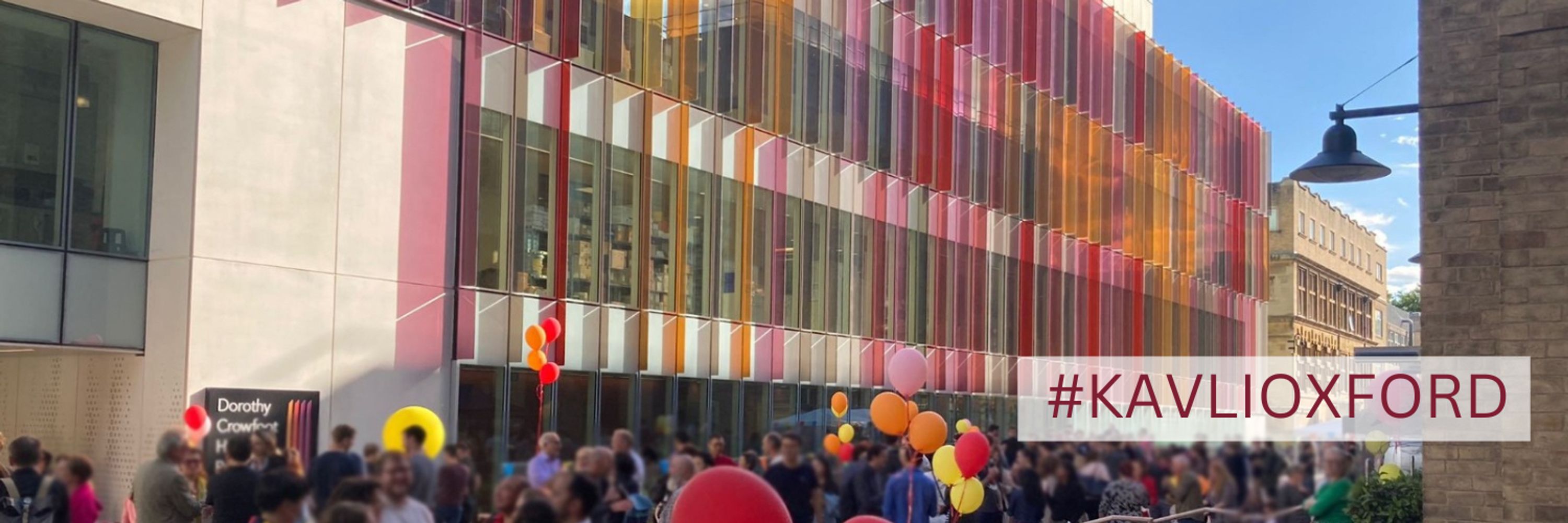Kavli Institute for Nanoscience Discovery, University of Oxford
@kavlioxford.bsky.social
480 followers
110 following
320 posts
Catalysing discovery by bringing the physical sciences into the cell.
Posts
Media
Videos
Starter Packs
Reposted by Kavli Institute for Nanoscience Discovery, University of Oxford






